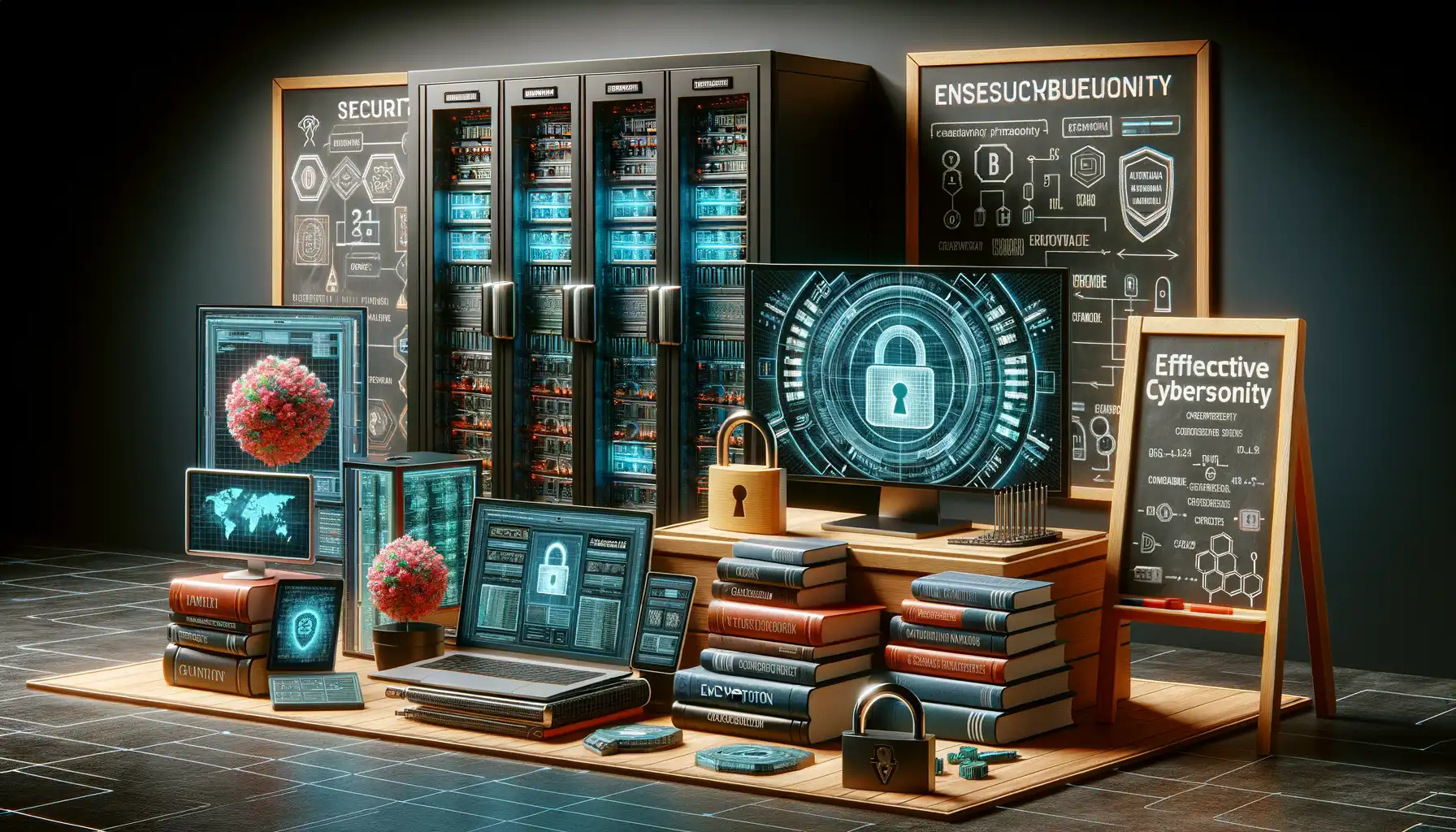Teaching Cybersecurity Fundamentals in International School Programs
Catch a CheaterImportance of Implementing Cybersecurity Education in Schools
Why Cybersecurity Education is a Lifeline for Future Generations
Imagine handing a child a key without teaching them what it opens or how to use it responsibly. That’s the reality of our digital world today—students are diving headfirst into technology without the skills to safeguard themselves. This is where cybersecurity education becomes a game-changer.
Schools often teach road safety, fire drills, and even stranger danger. So why not include internet safety in that mix? In an era where a simple click can open doors to identity theft or phishing scams, understanding cybersecurity isn’t just a skill; it’s survival. For example, teaching students how to create strong passwords or spot fake emails could save families from costly mistakes.
- Empowerment: Students gain confidence to navigate the online world safely.
- Critical Thinking: They learn to question what’s real vs. what’s a scam.
- Civic Duty: By knowing how to secure their data, they contribute to a safer web for everyone.
When schools embrace cybersecurity education, they equip students with tools that go far beyond the classroom—tools that can protect their futures.
Core Concepts and Topics in Cybersecurity Education

Teaching cybersecurity isn’t just about firewalls and passwords—it’s about preparing students to navigate a digital landscape where threats lurk in unexpected places. To break down this complex subject, let’s explore the fundamental building blocks that every young cyber-enthusiast should know.
Understanding Threats: The Why Behind Cybersecurity
Imagine your online life as a house. Would you leave the front door unlocked? Of course not! Students need to grasp the nature of digital threats and why they matter. From sneaky phishing attacks disguised as friendly emails to the lurking danger of ransomware holding data hostage, understanding potential risks is step one to staying secure.
- Malware: The “bugs” of the digital world. Viruses, worms, trojans—they’ve got scary names for a reason.
- Social Engineering: Think of it as digital mind tricks—manipulating people rather than systems.
- Data Breaches: When personal information is stolen, trust is shattered.
Building Digital Resilience with Core Skills
But it’s not all doom and gloom! Cybersecurity education also teaches students to be proactive defenders of their digital lives. Key skills include creating strong, unique passwords (not ‘123456’!), recognizing suspicious links, and even understanding the basics of encryption. With these tools, students can protect their digital “kingdoms” and develop confidence in an interconnected world.
Strategies for Teaching Cybersecurity to Students

Engaging Young Minds with Real-World Cyber Threats
Picture this: a student navigating the digital world like an explorer charting uncharted territory. That’s what teaching cybersecurity should feel like—an adventurous journey. To make this happen, connect lessons to *real-life scenarios*. Instead of just describing phishing, show them examples of scam emails and let them spot the red flags. Dive into a friendly competition by setting up a mini “cyber attack simulation” where students defend against threats. Suddenly, they’re not just learning—they’re stepping into the shoes of cybersecurity pros.
Creative Ways to Foster Curiosity
Rote memorization? Not here. Spark curiosity with interactive methods:
- Host debates on ethical hacking. Let students wrestle with tricky questions like “Is it ever okay to hack for a good cause?”
- Gamify learning with challenges on platforms like CyberStartGo or Hack The Box tailored for beginners.
- Organize group projects to research historic cyberattacks, like the infamous WannaCry ransomware, and let them present their findings.
And don’t underestimate storytelling! Share gripping tales of cybercriminals versus experts. Stories make abstract concepts come alive, transforming technical jargon into unforgettable lessons. The key? Keep it fun, relatable, and peppered with hands-on activities tailored to your students’ ages and skill levels.
Tools and Resources for Effective Cybersecurity Instruction

Interactive Platforms to Spark Engagement
When it comes to cybersecurity, the classroom is no place for yawns and blank stares. Enter interactive tools that transform complex concepts into captivating, hands-on learning experiences. Platforms like CyberStart and TryHackMe offer gamified challenges where students can take on the role of digital detectives. Imagine your students solving puzzles to outsmart hackers or uncover hidden vulnerabilities—talk about turning cybersecurity theory into adrenaline-packed practice!
These tools don’t just teach; they immerse. They let students explore real-world scenarios in safe environments, building confidence as they conquer each challenge. And the best part? You don’t have to be a tech wizard yourself. With detailed guides and pre-built missions, you’ll look like a pro in front of the class.
Essential Resources You Can’t Miss
The right resources can make or break your ability to teach cybersecurity effectively. Here are a few standouts:
- Curricula Kits: Platforms like Cisco Networking Academy provide ready-made lesson plans, worksheets, and assessments tailored for educators.
- Open-Source Tools: Tools like Wireshark or Metasploit are free and perfect for introducing students to network analysis and penetration testing.
- Free Webinars and Tutorials: Organizations like SANS Institute offer free webinars that keep both you and your students ahead of evolving threats.
By leaning on these resources, you’re not just teaching cybersecurity—you’re ensuring students leave with the skills to protect their digital futures.
Challenges and Opportunities in Integrating Cybersecurity in School Curricula

Why It’s Tough to Change the Old Ways
Schools often pride themselves on tradition, but introducing cybersecurity education feels like asking an old ship to turn against a strong current. Why? For starters, there’s a glaring lack of cybersecurity-savvy teachers. Many educators, while brilliantly skilled in classic subjects, weren’t trained to decode malware threats or explain encryption. Training an entire team takes time, money, and—frankly—patience.
Then there’s the curriculum itself. How do you squeeze concepts like firewall protocols or ethical hacking into an already jam-packed schedule of math, literature, and science? Not to mention, many schools struggle with outdated technology that couldn’t simulate a phishing attack if it tried! It’s like asking students to practice Formula 1 racing with bicycles—they’re not equipped for it.
The Silver Lining: Opportunities Worth Chasing
Despite these hurdles, schools hold an ace up their sleeve: curiosity. Students today are digital natives; they’re eager to learn how to protect themselves online. Imagine teaching cybersecurity as an adventurous game with real-world stakes.
Here are some creative ways this integration could shine:
- Gamified learning: Challenge students to “defend” a virtual system from hackers in a fun simulation.
- Interdisciplinary projects: Merge coding, ethics, and communication skills into a group project where they role-play cybersecurity experts.
Let’s not forget partnerships. Collaborating with tech companies or universities can bring cutting-edge knowledge directly into classrooms. With effort and imagination, this isn’t just an initiative—it’s the start of a movement.
